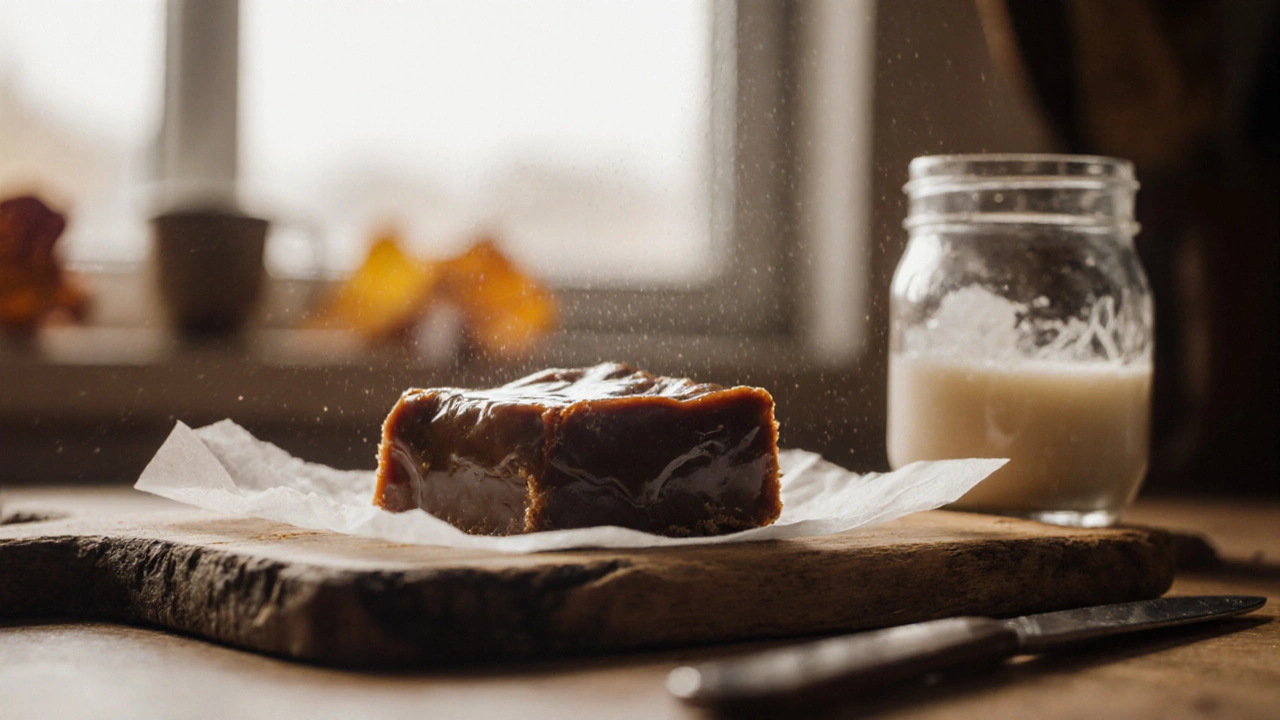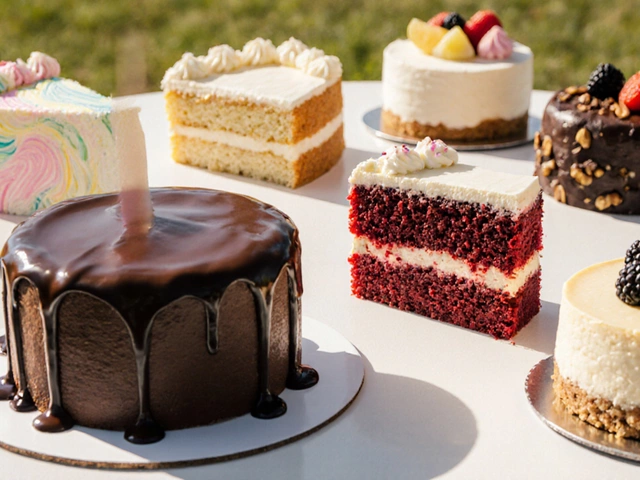Condensed Milk Fudge: How to Make It Soft, Smooth, and Never Chewy
When you think of condensed milk fudge, a simple, no-cook dessert made from sweetened condensed milk, butter, and chocolate. It's the kind of treat that comes together in minutes, needs no special tools, and tastes like childhood. Unlike fancy caramel-based fudge that demands a candy thermometer, this version is forgiving, reliable, and perfect for anyone who’s ever burned sugar or panicked over a sticky pot. It’s also the go-to for last-minute birthdays, school bake sales, or when you just need something sweet without the fuss.
What makes condensed milk fudge, a simple, no-cook dessert made from sweetened condensed milk, butter, and chocolate. It's the kind of treat that comes together in minutes, needs no special tools, and tastes like childhood. so popular isn’t just how easy it is—it’s how it behaves. The magic lies in the sweetened condensed milk, a thick, syrupy milk product with sugar already cooked in, used to create creamy desserts without boiling. It’s not just a sweetener—it’s the foundation that keeps the fudge smooth instead of grainy. Pair it with the right butter-to-chocolate ratio, and you get that melt-in-your-mouth texture everyone wants. But if you skip cooling it properly, or stir it too much after it sets, you’ll end up with chewy fudge, a texture issue caused by over-stirring or incorrect cooling that makes fudge tough instead of creamy. That’s why so many people ask: why is my fudge chewy? And how do I keep it soft?
The answers are simple: don’t stir once it cools, let it set at room temperature, and store it in an airtight container with parchment between layers. If you’ve ever opened a tin of fudge only to find it rock-hard, you know the pain. But with the right storage, homemade fudge, a dense, sweet confection made from sugar, butter, and milk, often flavored with chocolate or nuts stays soft for weeks. No fridge needed. No magic tricks. Just understanding how the ingredients work together.
You’ll find posts here that explain exactly how to fix chewy fudge, why refrigerating it sometimes backfires, and how to add flavors like peanut butter, mint, or sea salt without wrecking the texture. We cover the basics—like which chocolate melts best—and the little-known tricks, like letting the butter melt slowly so it blends smoothly. Whether you’re making your first batch or trying to perfect a family recipe, this collection gives you the real talk—not the fluff—on what actually works.






